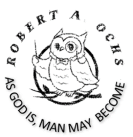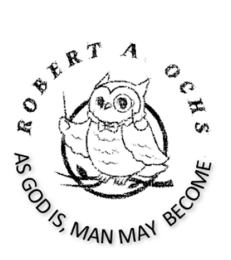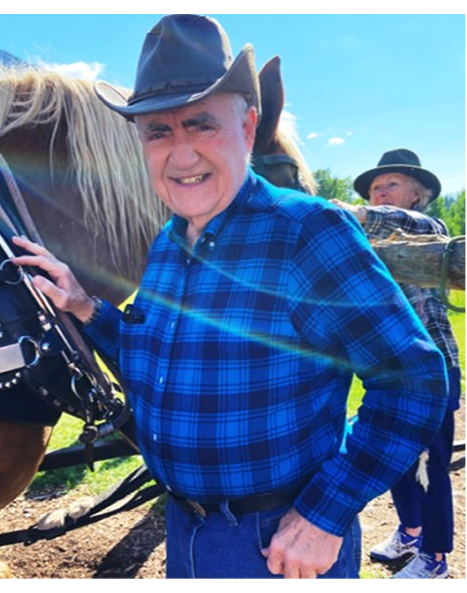With the second chapter of Finding the Nature of Christ: A Seeker’s Saga Toward Discovering the Untold Truth, Robert Ochs returns us to a simpler but critical period in his life an autumn evening in 1971, reclining on a porch with his fiancée, Carol. The stars overhead provided the background for a discussion that would alter his life. A seemingly simple question by Carol whether or not he believed God had brought them together provided the doorway for a greater investigation of love, fate, and the divine.
Ochs recounts how, then, his religious beliefs were merely on the surface. Having been raised in the Reorganized Church of Jesus Christ of Latter-Day Saints (RLDS), he was better acquainted with social gatherings than theological doctrine. Carol, on the other hand, was brought up in a deeply religious Baptist family, where church services were attended every week. Under the October sky, as they conversed, Carol spoke softly of the possibility that their marriage may have some divine purpose, one orchestrated by God.
That exchange brought things full circle. When Carol asked him if he’d join her church upon marriage, Ochs didn’t say a hasty yes. Instead, he posed a question that betrayed the philosophical introspection simmering inside him: If God is eternal and exists throughout the universe, why would He pay so much attention to one individual joining one church in one town on one planet? It wasn’t rebellion it was earnest questioning, and it opened the floodgates of doubt and wonder.
The power of Ochs’ memoir is in how he makes the spiritual personal. His inner struggle isn’t simply whether to join or not join a church it’s about what kind of faith he wishes to leave to his children. He sympathizes with Carol’s wish for a unified spiritual home, but he also recognizes that faith can’t be borrowed or pretended. His experience is a reminder that religious devotion shouldn’t come from ease or outside force but from real belief.
As their romance continues, Ochs is drawn between two worlds of faith. Carol’s family is friendly and embracing, and their Baptist beliefs are genuine and constant. But something pulls at Ochs an inner voice telling him to reexamine the teachings of the RLDS Church, to return to the Book of Mormon he never really read. He recounts a significant incident at a church service where, as he was preparing to walk down the aisle to officially accept Christ within Carol’s Baptist culture, something within him whispered, “Read the Book of Mormon.” It was not an order generated by fear or guilt it was a push toward a route he had not yet thoroughly investigated.
What is so great about this chapter is the way that it identifies with the quintessentially human experience of religious doubt. Ochs is not rejecting religion he’s embracing the journey of discovering a religion that is real to him. He could have easily just joined Carol’s church out of expediency, but he opted for integrity instead. That choice didn’t come cheap. He was afraid of how Carol’s family would react, particularly since her pastor had publicly denounced the RLDS Church.
The honesty between Ochs and Carol is a lovely aspect of this tale. They don’t fight or shame one another; rather, they decide to experiment with faith together. Their decision to go to various churches and study one another’s faith indicates a type of spiritual maturity that’s not common even in settled marriages. Carol commits to taking RLDS teaching classes, not because she feels obligated but because she loves and is curious. This shared enthusiasm to learn from one another is the basis for a deeper relationship.
In a world where different faiths can so easily create division in relationships, Ochs and Carol provide an alternative narrative one in which love, respect, and honest communication can all exist alongside religious differences. Theirs is a reminder that genuine faith never abhors questions. It embraces them.
As readers, we’re encouraged to look at our own spiritual decisions. Have we passed on beliefs without questioning them? Are we on a path because it’s traditional, or because it feels most true to us? Ochs’ journey encourages us to look not only at what we believe, but why we believe it.
In the next blog, we’ll delve into Ochs’ conversations with a college friend who helped clarify his spiritual questions and opened new doors to understanding the roots and doctrines of his faith. Stay with us as this journey of discovery continues to unfold in deeply human ways.


